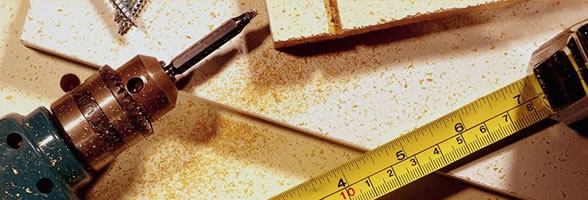Article archive
17/06/2016 21:12
In 1864, at the suggestion of Dang Huy Truoc, King Tu Duc issued a royal decree to relocate about 1,300 graves of heroic martyrs who had struggled and died during the attack on the city by French troops between 1858 and 1860. They were reinterred at Hoa Vinh Cemetery, a burial ground in Nghi An Village (now Hoa Phat Commune, Hoa Vang District).
This cemetery was again moved when the French colonists established the Da Nang Airport in 1926. It is now in Hoa Khue Village (now Khue Trung Ward, Hai Chau District).
Hoa Vang Cemetery was recognised as a national historical relic by the Ministry of Culture and Information on 4 January 1999.
—————
17/06/2016 21:11
A joint Franco-Spanish expedition, under the command of Admiral Charles Rigault de Genouilly, landed at the port of Tourane (now Da Nang) in September 1858 and occupied the city after a brief bombardment.
However, the allies were soon placed under siege by the Vietnamese and, unable to advance inland beyond the protection of the squadron's guns, they were effectively immobilised at Tourane. The force left a small garrison in Da Nang and sailed south to seize Gia Dinh in February 1859.
In April, Rigault de Genouilly returned to Da Nang with the bulk of his forces to reinforce his hard-pressed garrison. On 8 May 1859 he personally led a French attack on the Vietnamese siege lines in Da Nang. The French were unable to break the siege, and it eventually ended with the unopposed evacuation of the French garrison in February 1860.
After 19 months, the French were defeated in Da Nang and left behind a cemetery in which the allied dead had been...
—————
17/06/2016 21:10
Qua Giang Communal House is located in Qua Giang Hamlet, Hoa Phuoc Commune, Hoa Vang District. Built in the year of Tan Ty (1821), it worships Quan Thanh and the forefathers of the Dinh, Le, Tran, and Nguyen families who followed the Nguyen kings to the southern regions to expand their territories. These forefathers established Quang Giang Village, which consists of Qua Giang, Giang Nam, Tra Kiem, An Luu and Con Mong.
The communal house is divided into two parts: the forecourt and the sanctuary. They are connected by two corridors with roofs that make a self-contained rectangle. The forecourt is constructed with a “chong ruong - gia thu” structure. The pillars are decorated with lotus carvings and ornamental pumpkins at their bases. Two rows of 5 metre high pillars, two pillars to each row, support the beams, and two rows of smaller posts support two secondary roofs. The rafters are carved with trees, flowers, animals,...
—————

